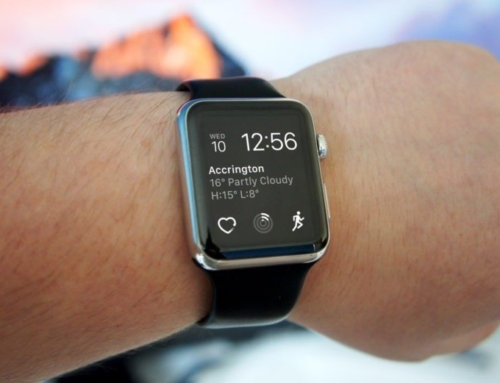By CHRISTINA HERNANDEZ SHERWOOD | Apr 13, 2017 at 1:22 PM
Here’s the latest from the ATA’s deep dives into state laws and legislation on telehealth coverage and reimbursement, clinical practice policies and licensure requirements:
Coverage & Reimbursement
Most patients use health insurance to pay for their healthcare, so telehealth needs to be included as part of coverage, Thomas says. “To ensure better adoption and utilization of telehealth,” she says, “it needs to be built into our current health insurance system.”
So far, 31 states and the District of Columbia have enacted telehealth parity laws for private insurance. These anti-discriminatory actions ensure that state-regulated health insurers can’t deny a claim or coverage just because the service was conducted remotely, Thomas says. In the last few months alone, nine more states have introduced telehealth parity legislation: Idaho, Iowa, Kansas, Massachusetts, Nebraska, New Jersey, North Carolina, North Dakota and West Virginia.
In another milestone, all 50 state Medicaid programs now have some type of coverage for telemedicine. But in some states, Thomas says, Medicaid coverage for telehealth falls short.
In New Hampshire, for instance, Medicaid telehealth coverage follows Medicare restrictions on geography, patient settings and provider eligibility. But, just this year, the state introduced legislation that would remove geographic barriers and expand Medicaid coverage of telehealth to urban areas.
Clinical Practice
Across the country, doctors’ use of telehealth tools is often limited in clinical practice, Thomas says. Through legislation, there have been many attempts to remove privileges for virtual tools, require in-person visits and narrow the definition of telemedicine, she says.
But some states are passing legislation to protect telehealth from these artificial restrictions, Thomas says. Virginia, for example, recently enacted laws to prevent artificial in-person requirements and allow ophthalmologists and optometrists to perform eye exams via telemedicine to prescribe eyewear.
Licensure
With communication technology becoming increasingly ubiquitous, Thomas says, it should be as easy to access a healthcare provider as it is to binge-watch a show on Hulu.
But some restrictions prohibit physicians from practicing telehealth across state lines, Thomas says. This creates confusion when doctors travel out of state for conferences, for instance, or when patients want to access the best specialists—who happen to practice across the country. “The nature of our mobile lives is such that these state-by-state requirements are quite burdensome,” she says.
Some state telehealth models are starting to enable cross-state practice, Thomas says. Just last month, Utah became the second state (Arizona was the first) to join the Psychology Interjurisdictional Compact (PSYPACT), an interstate compact to facilitate telehealth practice of psychology across jurisdictional boundaries. The PSYPACT will go into effect if seven states join.
The model will help patients access mental health care, Thomas says, even as the country faces a shortage of providers. “There’s no need for an additional state license,” she says. “It’s a wonderful model that we certainly do embrace.”
Expect a busy year for telehealth policy in the states as more than a dozen bills are on the dockets from Idaho to Massachusetts this legislative session. “[The bills] all carry a lot of weight and tremendous impacts to the residents in the states where they’re being introduced,” she says. “Having the conversation that the bill is introduced is a wonderful step.”










